We are blessed with a dearth of games which are well made, written and performed these days. Some are blockbusters whilst others are made with a smaller budget but pack just as much of an emotional punch through scene setting, connection to the characters and atmosphere. A Plague Tale: Innocence is one such game. Whilst not without its flaws the pull of its story and characters outweigh concerns about repetition and gameplay.
A Plague Tale: Innocence tells the story of Amicia and Hugo. They don’t have much of a relationship as an estranged sister and brother. Amicia has spent much of her life outdoors. Hugo the opposite living in his room away from the world. Their age difference, Amicia is a teenager about twice the age if not more of Hugo also puts a barrier between them. The events at the beginning of the game thrust the pair together and set them on a journey away from their family home, whilst pursued by the Inquisition. It sets up a touching relationship which also shows the strains that most siblings have endured. On their journey, it isn’t only the Inquisition and other people the pair have to be wary of but huge hordes of rats. Set in France in the middle of the 14th century it uses the Black Death and the rats as a driver for a well thought through and crafted narrative. Grounded in the real world and events of the time, such as the Hundred Year War with the English, it brings in supernatural elements to explain what’s happening and provide an objective for Amicia and Hugo.
Through its tense and dangerous setting, the two central characters and their relationship are the real selling point. Asobo Studio has produced a game full of atmosphere and have crafted something special with this narrative. I’m a sucker for a narrative driven game. With most of my games, I’m looking for something deeper than just gameplay. A well thought through and structured narrative is always a welcome bonus. When a game places its narrative, especially a good one, central to progression I’m a happy player. This has driven me through A Plague Tale: Innocence much more than its stealth genre play.
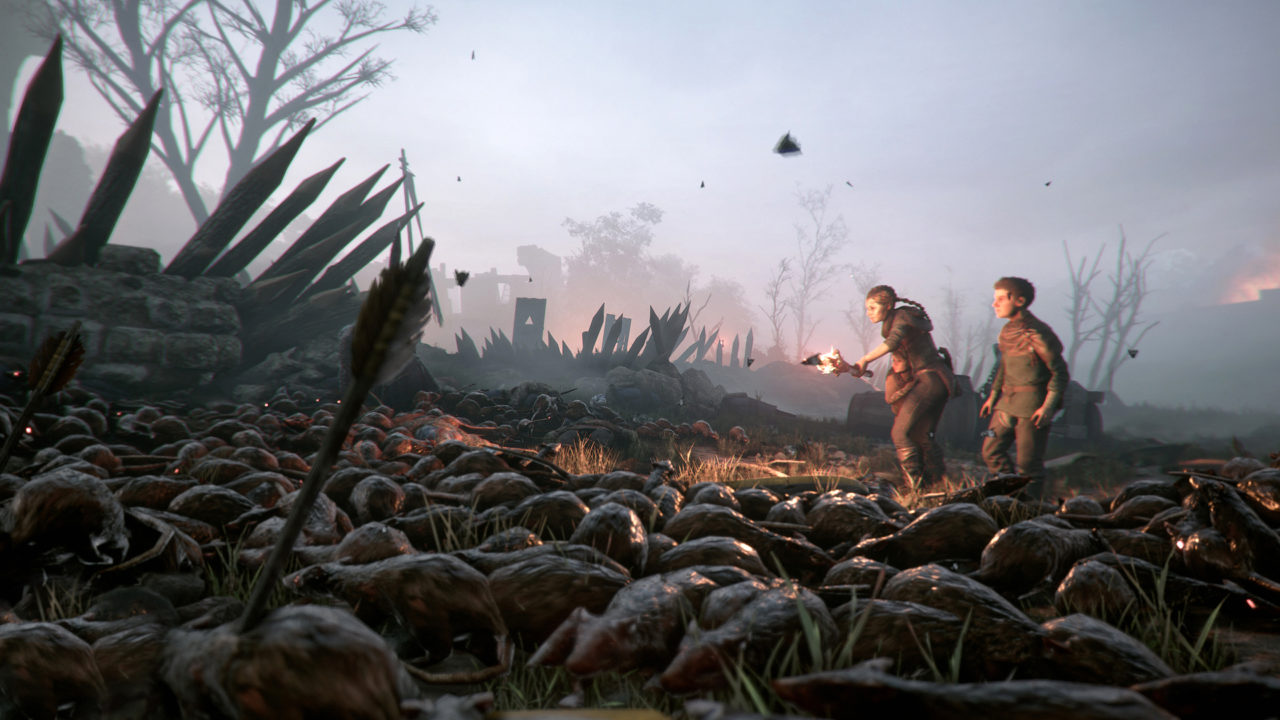
It is a stealth game for the most part, and this is possibly its biggest flaw. You control Amicia, with Hugo in tow, past soldiers and the rat hordes. If caught moving through the environment by either it’s pretty much game over. Amicia has a slingshot but this is used in the early game for distraction. This lack of power gives these moments a gripping tension. Move into an enemies line of sight and they’ll hunt you, step into the darkness and the rats will be waiting. It can turn from slow progress into a cat and mouse moment. That change will often end in death unless you’re very quick with the slingshot. Amicia has the chance to upgrade her equipment and learn to craft new and task-specific ammo in a light RPG element to the game. It symbolises progression more than anything and allows for more variety when trying to move past enemies. Unfortunately, it also takes away from the tension as her arsenal becomes more varied and powerful. Once you start to feel that tension losing its grasp the stealth elements can feel repetitive.
To try and break up the pace there are also a lot of environmental puzzles to solve. These do a good job of breaking up the tense stealth moments and some are very well thought through if a little short. Others feel a little obligatory, put in place only to break that pace rather than present a challenge. During the game, you encounter other companions who swap in for Hugo on occasion. Some puzzles use these companions strengths well, with some chapters feeling like one giant puzzle throughout. At one point, with Amicia’s agency removed, she relies on new companions to guide and help her progress. I found the cleverest of the puzzles are those utilising the rat hordes. They are both obstacles and tools and it feels satisfying moving them into the path of an enemy by changing a light source. Bleak and brutal yes, but this is the desperation, anger and frustration of Amicia shown in action. She doesn’t have the power to take on an enemy toe to toe so uses what she can, a horde of death.
This might sound like a big escort quest because of the combined stealth, distraction techniques and having a companion in tow; it isn’t. Due to her lack of brute power or insane weaponry, Amicia is just as vulnerable as Hugo. There are times with other companion characters where I’ve felt like the escortee, as mentioned above occasionally without agency. In games like Hellblade and Horizon Zero Dawn, we’ve had female characters who progress through power and weapon prowess. Amicia is very different and I like her more for it. Most often find myself relating to her, feeling that protective older sibling role. You’re flawed but you will do everything to help your brother.
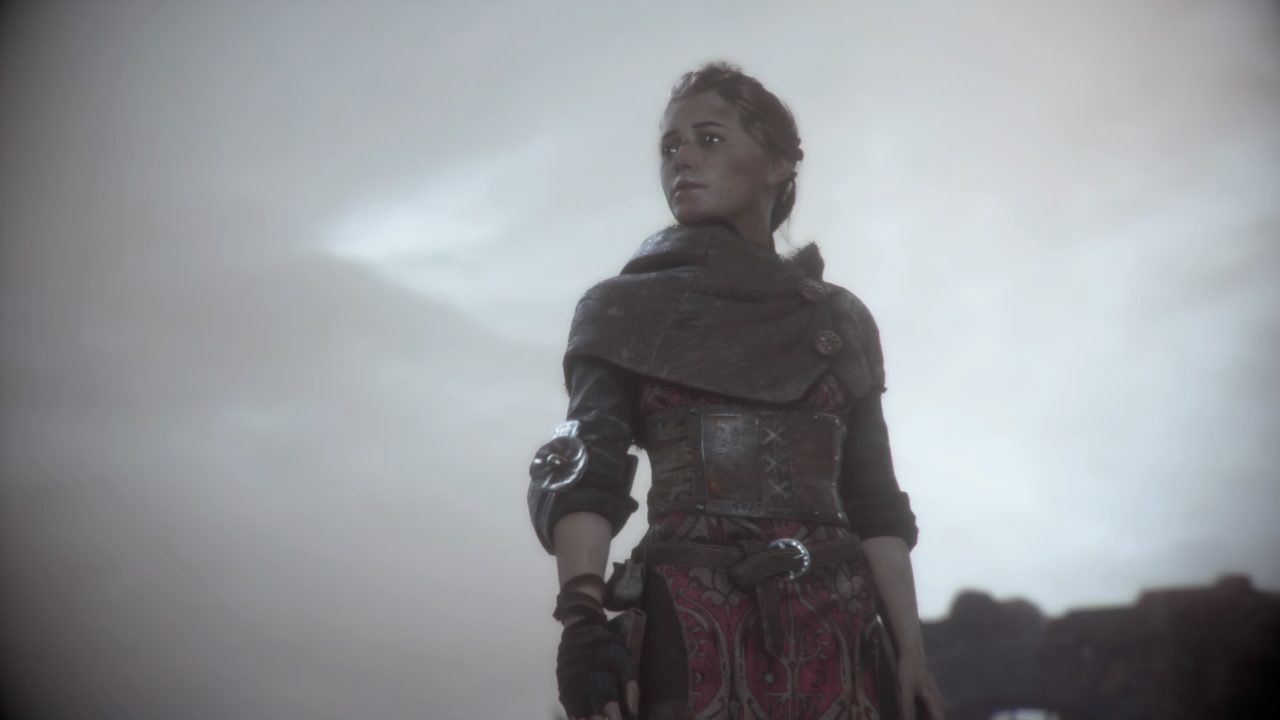
Some of the technical aspects of this game can be a little annoying at times. The characters are a little clunky to manoeuvre and companion pathing can occasionally cause death although not often. Yet along with the narrative other technical elements are crafted very well. The lighting is fantastic. It’s a central element to get right when one wrong move into the darkness can get you consumed. When set at night seeing a swirling mass of tiny eyes glinting at you to then be revealed as the rat horde as a torch is swung close is impressive, as is the environmental lighting. I don’t think I’ve seen anything as good since Hellblade. I would love a photo mode to be patched in. There are some genuine quiet moments where the characters and the light work so well I’m itching to frame a shot. I’ve been hitting the share button quite a lot throughout but it doesn’t compare to a photo mode, and this game deserves it. The music is also brilliantly set and placed. It can really heighten the atmosphere of an environment or scene mostly by sounding super ominous.
Finally, we come back to Amicia and Hugo. Through the necessary actions Amicia takes, a toll starts to show on her, if brief. Her growing relationship with Hugo and the sense of love and protection she feels towards him allows her to try and justify her actions. There is dialogue addressing this and I’m glad it was included. The characters are well realised and I think any attempt to move past her sudden need to kill people would have been a misstep and an injustice to her character.
A Plague Tale: Innocence is a wonderful character piece which I find myself relating to. It’s lighting, sound design and changing dynamic of fighting or manipulating of the rat hordes is impressive. At times though I’m getting bored with the stealth and throwing a rock to distract a guard again and again. This boredom is very brief, like the stealth sections, and I’m renewed to play more once I experience a little more story.
VERDICT
Should you play it? Yes
Why? It’s a wonderful character piece set in an era we don’t often experience. The story of Amicia and Hugo is one that will stay with me.
But… It began to feel a little repetitive the more powerful Amicia became.
Reviewed on Ps4. Review code supplied by Koch Media




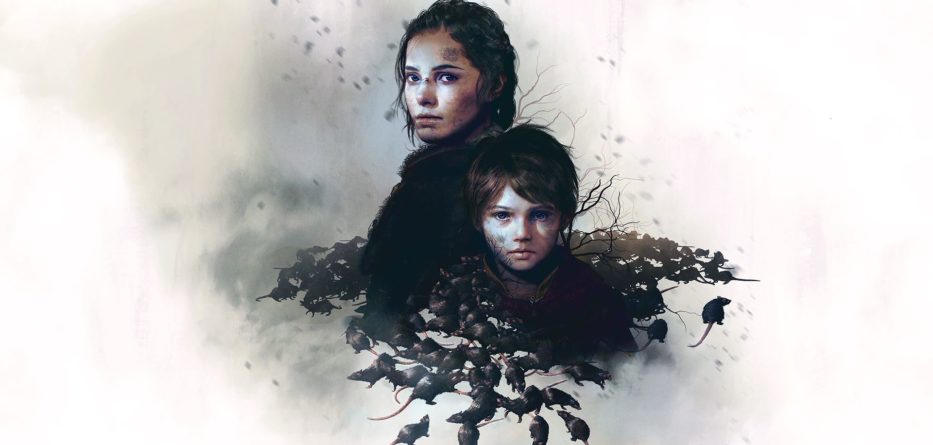
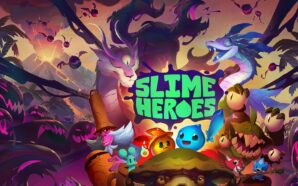

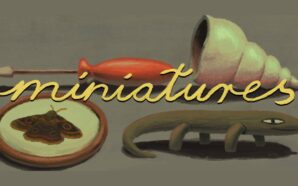

This game has stayed with me this week and now I’m doing work to the soundtrack.
So the opposite to the latest god of war?
It’s definitely shorter. Yeah, I’d say the only similarity is that your exploring the world with a character in tow.
Focus games seem to love a bit of narrative driven games at the mo. Still need to give call of cthulhu a go.
James Birch they’ve definitely found their niche with developers who love monsters.
[…] worthy of your time. Even if the final level frustrates with its open combat and boss battles. The site even reviewed it back in 2019. I liked A Plague Tale so much I took a gander to the PlayStation Store and immediately bought the […]